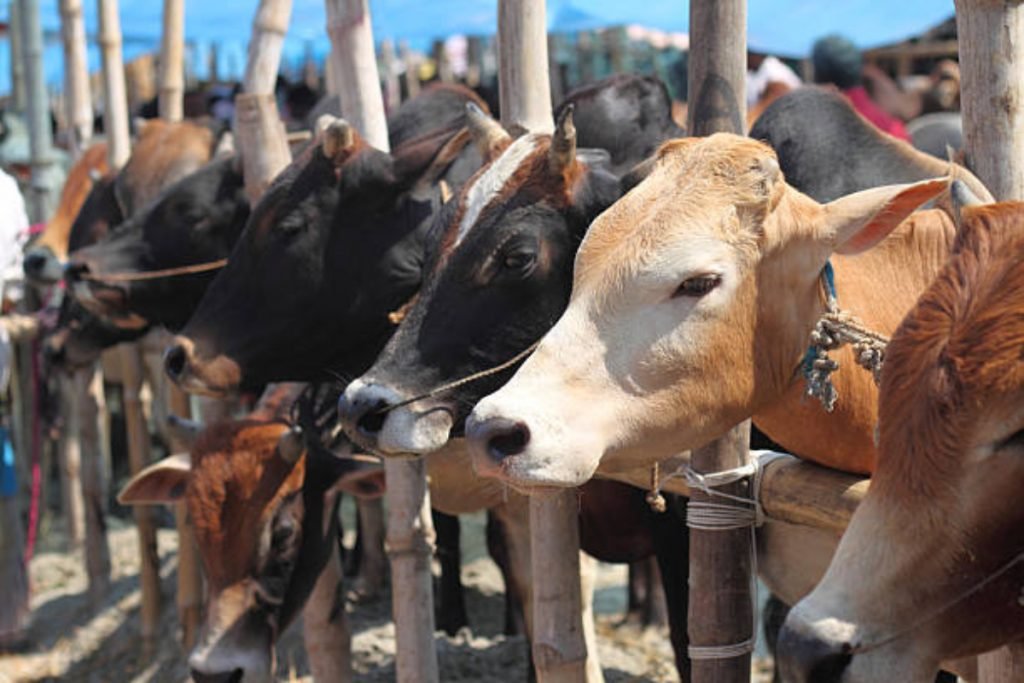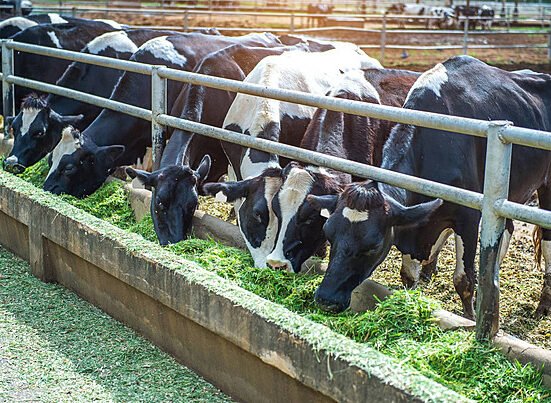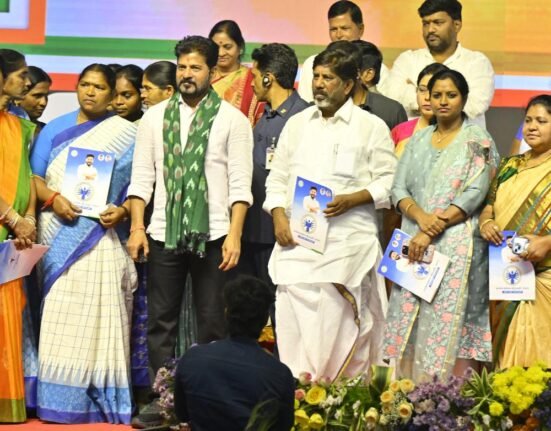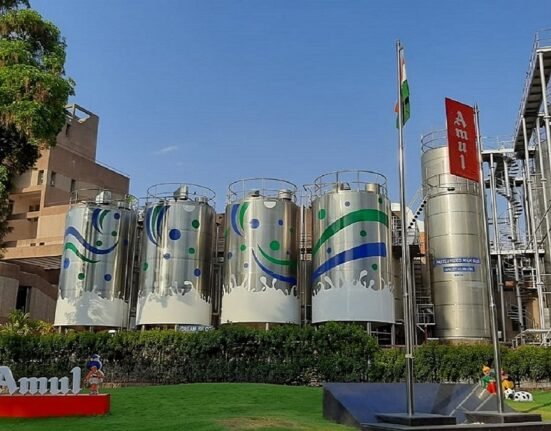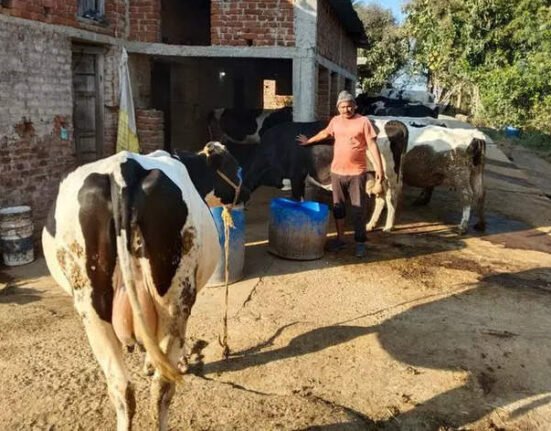India’s Push for Sexed Semen Technology: A Game-Changer for Dairy Productivity and Livestock Management
As India moves to modernize its livestock breeding strategies, sexed semen technology is emerging as a transformative tool to enhance dairy productivity, reduce farmer expenditure, and address the pressing issue of stray cattle. By enabling farmers to selectively breed female calves, this reproductive technology is redefining how India plans its bovine population and milk output.
ūüĒć The Science Behind Sexed Semen
At its core, sexed semen technology revolves around the sorting of X and Y chromosome-bearing sperms‚ÄĒa scientific breakthrough that determines the sex of the offspring even before conception.
Traditionally, artificial insemination (AI) gives farmers a 50-50 chance of producing a male or female calf. But with sexed semen, over 90% of offspring are likely to be female, dramatically increasing the availability of milk-producing animals.
ūüß™ Two Dominant Global Technologies
- ABS Global Technology
Utilizes a fluorescent dye that binds to sperm DNA. When exposed to a UV laser, X and Y chromosomes fluoresce differently, enabling separation. The Y-bearing sperms are inactivated and the X-bearing sperms are collected in straws for insemination. - Sexing Technologies (ST)
Uses surface charge variations and electromagnetic fields to sort the chromosomes‚ÄĒdiscarding Y chromosomes and retaining X-bearing ones.
‚ÄúEach sexed semen straw contains about 2.6 million sperms, and sorting takes up to six hours per batch,‚ÄĚ explains Sagar Saraswat, Laboratory Manager, Babugarh DFS Production Centre.
These straws are stored at -196¬įC in liquid nitrogen, ready for use in AI programs.
ūüíį Cost and Subsidy: Making Technology Accessible to Farmers
Despite its promise, sexed semen is significantly more expensive than conventional semen.
- Conventional Semen: ‚āĻ30 per straw
- Sexed Semen: ‚āĻ1,000 to ‚āĻ2,200 per straw (depending on bull pedigree and breed)
- To bridge the affordability gap, several state governments have launched aggressive subsidy schemes:
- Uttar Pradesh purchases straws from ABS at ‚āĻ766 and offers them to farmers at just ‚āĻ100, absorbing the remaining cost through a 50:50 subsidy shared by the Union and state governments.
- Haryana previously provided subsidized sexed semen at ‚āĻ200 per straw via state veterinary hospitals.
‚ÄúOur goal is to improve dairy productivity while reducing the economic and logistical strain of maintaining unproductive male calves,‚ÄĚ says K.K. Tyagi, Deputy Director at Babugarh DFS.
ūüßę Indigenous Innovation: Toward Cost-Effective, Safer Alternatives
To reduce dependence on imported technologies and lower costs further, the Union government in 2024 launched a national R&D push. It brought together leading institutions including:
- IIT Delhi
- IIT Madras
- Lala Lajpat Rai University of Veterinary and Animal Sciences (LUVAS), Hisar
- ICAR-Indian Veterinary Research Institute (IVRI)
These institutions are working on label-free sexed semen technologies‚ÄĒwhich eliminate the need for fluorescent dyes that, some scientists warn, may damage animal DNA in the long run.
‚ÄúWe‚Äôre developing a next-gen method that can sort chromosomes without staining or labeling, using advanced physics and AI-based image detection,‚ÄĚ says Dr. Aman Kumar, Senior Scientist at LUVAS, who is part of the team behind the indigenous initiative.
‚ÄúWe expect to have a working prototype by October 2026.‚ÄĚ
ūüźĄ Implications for Indian Dairy
The deployment of sexed semen on a large scale could profoundly influence the structure of India’s dairy economy:
- ūüďą Higher milk yields through a growing population of female milch animals
- ūüßĺ Reduced burden on farmers, who often incur lifelong expenses for raising non-lactating male calves
- ūüõĎ Lower stray cattle populations, a major rural and urban challenge
- ūüĆĺ More sustainable resource allocation in fodder, water, and veterinary care
As India aims to strengthen its position as the world’s largest milk producer, sexed semen is becoming a critical component in dairy-centric policy and productivity frameworks.

